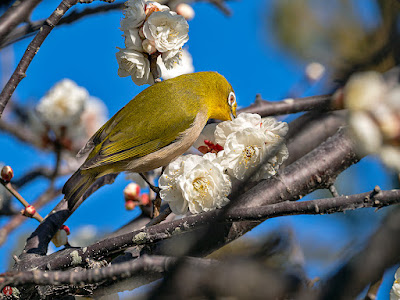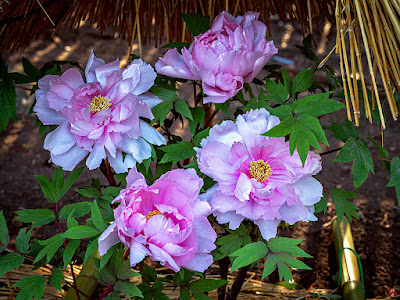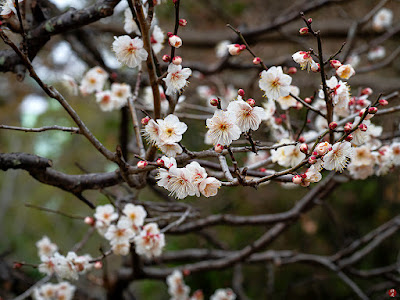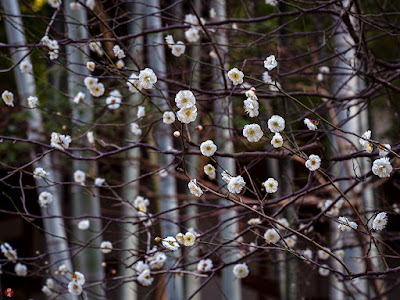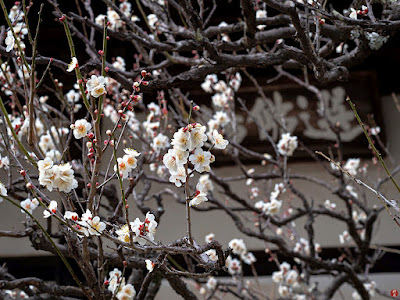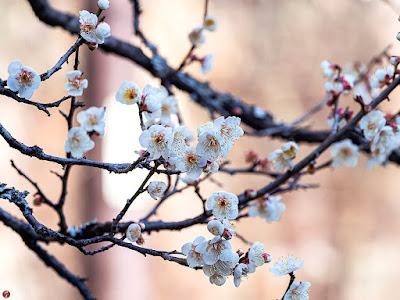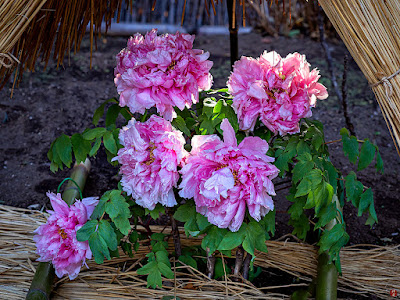Without waiting the first spring breeze, the white noble flowers of Ume are beginning to bloom gracefully so as to announce the imminent arrival of spring before any flower.
The faint pleasant aroma of these white flowers is drifting softly through the dry chilly air and is inviting every starved bird which is hungry for sweet spring nectar.
The winter resting period will soon be over and the warm sunlight will once again illuminate this world abundantly.
All living things, which have gently kept holding their breath in the stillness of winter, are eagerly awaiting the return of the merciful seasons for their vigorous rebirth and regrowth.
